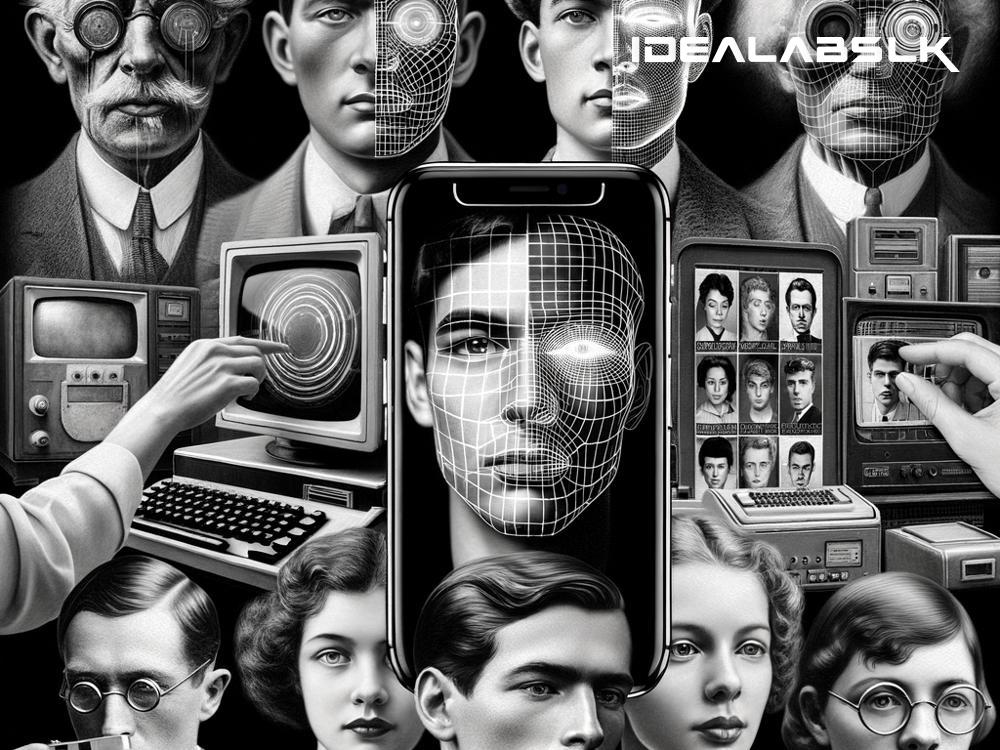The Evolution of Facial Recognition Technology: A Simple Guide
Facial recognition technology might seem like something straight out of a sci-fi movie, but it has been around for much longer than you might think. What started as a mere fascination has turned into a tool we encounter more often in our daily lives, from unlocking smartphones to passing through airport security. Let's take a stroll down memory lane and see how facial recognition technology became what it is today.
The 1960s: The Beginning
The history of facial recognition technology began in the 1960s. While it wasn't as advanced as what we have today, it was quite revolutionary for its time. Woody Bledsoe, along with Helen Chan Wolf and Charles Bisson, worked on the first steps of recognizing faces with computers. Their system wasn't automated. Instead, it needed humans to pinpoint key facial features on photographs, such as the eyes, ears, nose, and mouth. The computer then used this information to identify faces based on those features. It was a rudimentary start, but a start nonetheless!
The 1970s-1980s: The Development Phase
Fast forward to the 1970s and 1980s, scientists began to explore how to make facial recognition systems more automated. This era saw the development of more sophisticated algorithms that attempted to imitate the way humans recognize faces. One notable approach during this period was the Eigenface technique, developed in the 1980s, which allowed computers to recognize faces through variations in facial features.
The 1990s: The Breakthrough
The 1990s marked a significant breakthrough in facial recognition technology. The Defense Advanced Research Projects Agency (DARPA) and the National Institute of Standards and Technology (NIST) launched the Face Recognition Technology (FERET) program to encourage the development of face recognition algorithms. This period also witnessed the first commercial facial recognition system, which was used for security purposes. The technology was now capable of automatically identifying and verifying a person from a digital image or video source without needing manual input on facial features.
The 2000s: Advancements and Public Use
In the 2000s, facial recognition technology took significant strides in both accuracy and application. The use of 3D facial recognition, which captured the shape of a face, made it easier to identify individuals from different angles and lighting conditions. This period also saw the integration of facial recognition in everyday technology and public security systems. Airports began to use facial recognition for surveillance and managing passenger flow, and law enforcement agencies used the technology for identifying persons of interest.
The 2010s: Facial Recognition Goes Mainstream
The 2010s were characterized by the mainstream adoption of facial recognition technology. With advancements in artificial intelligence (AI) and machine learning, facial recognition systems became more accurate and reliable. Tech giants introduced facial recognition into consumer products, making it a common feature for unlocking smartphones and tagging friends in social media photos. Meanwhile, the debate around privacy and ethics began to intensify as the technology became more widespread.
2020s: The Era of Ethical Debate and Regulation
Today, we're in an era where facial recognition technology is not only about technological advancements but also ethics, privacy, and regulation. While the technology offers incredible benefits, such as improving security and aiding in missing persons cases, it also raises concerns over surveillance, bias, and the potential for misuse. Governments and organizations worldwide are now grappling with how to regulate facial recognition technology to protect individuals' rights while harnessing its benefits.
The Future of Facial Recognition Technology
As we look towards the future, it's clear that facial recognition technology will continue to evolve. Developers are working on making it more accurate, faster, and capable of overcoming current limitations such as bias and poor performance in varying lighting conditions. At the same time, the dialogue around ethical use and regulation will likely shape how and where facial recognition technology is used.
From its modest beginnings in the 1960s to the powerful tool it has become today, facial recognition technology has come a long way. Its journey illustrates how technology can evolve and adapt, balancing innovation with ethical considerations. As we move forward, the history of facial recognition technology will continue to be written, and we will all play a part in shaping its course.

